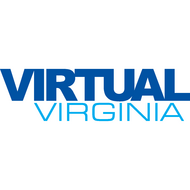Teaching Infographics as Multiliteracy Arguments
(View Complete Item Description)From "The Spectrum of Apple Flavors" to "We are all Zebras: How Rare Disease is Shaping the Future of Healthcare," we find colorful visual displays of information and data used to persuade, inform and delight their audience-readers. Most infographic assignments result in loose collections of related facts and numbers, essentially a collage or poster. Student create displays of unrelated factoids and spurious data correlations and they "ooh" and "ahhh" at beautiful nothings. However, the visual and textual elements of an infographic can culminate in a coherent multimodal argument which prompts inquiry in the creator and the audience. In order to teach infographics as a claim expressed through visual metaphor, supported by reasoning with evidence in multiple modes, instructors employ a sequence of interventions to invoke the relevant skills and strategies at appropriate moments. Composing and critiquing infographics can enhance understanding of both the content and rhetoric, since people analyze, elaborate and critique information more deeply when visual and textal modes are combined (Lazard and Atkinson 2014).This pedagogy of reading and writing multiple literacies can be adapted to other multimodal products. For an overview, refer to "Recipe for an Infographic" (Abilock and Williams 2014) which is also listed in the references for this module. We recommend that you experience this process yourself as you teach it to students.
Material Type: Module




















